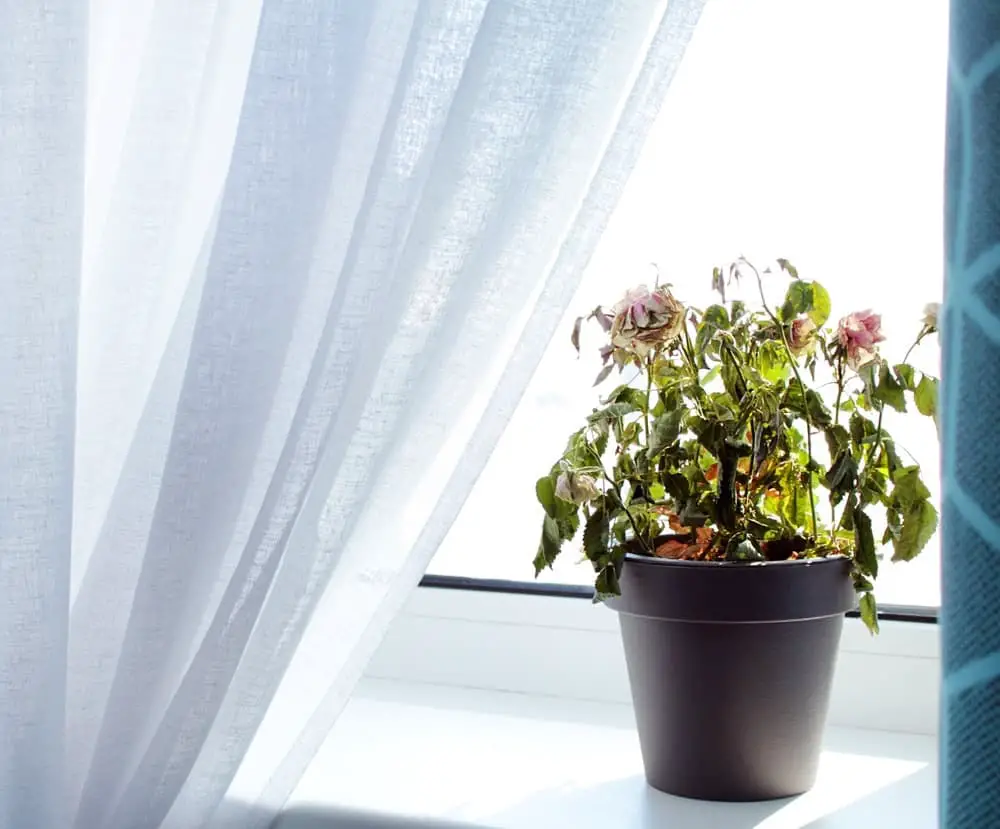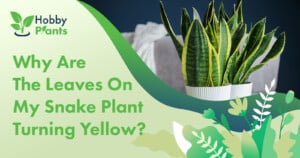Yes, you should remove brown and dying leaves from indoor plants. When a plant has yellowing or brown leaves, it’s a sign that there may be something wrong with the plant.
It also means the healthy foliage is not getting the proper nutrients that they crucially need to survive. But make sure that more than 50% of any leaf you take is damaged, and never take to much at one time. It may take a couple of sessions to get the plant 100% again. You really have to pay attention to how much you are taking from the plant as to not shock it.
Why Plant Leaves Tend to Die?
Now the reasons why the leaves are dying can be many. And sometimes hard to pinpoint. Here is a list of a few reasons, and most likely will be some of the main causes.
-Too hot/cold- Some plants enjoy a cooler temperature like a maidenhair fern that is hearty cold-weather plants. Some also enjoy a warmer climate, Like the peace lily, or devils ivy. The best way to figure this out is to research the type of plant that you would like to get and then look at the climate that it is best suited to.
-Too much/too little nutrients- Just like humans, plants can either be overfed, or malnourished, A plant that has too much food, cannot process all the nutrients quickly enough, causing it to overwork itself, and thus begin dying. Almost like a blood clot for us humans. But they can also have too little food. This will also make it work harder than it needs to take on water, and without proper nutrients it won’t have the energy to grow properly, causing stunted growth or dead leaves.
-Pests- Now while there are a lot of pests that LOVE plants, some like certain plants more so than others, that is where research comes into play. And once you have determined the type of pests that like your plant, and the symptoms plant will exhibit you can then combat those nasty little buggers the proper way. This ensures a safe, happy, healthy plant.
-Root rot- Now root rot is harder to diagnose. As it is below the soil’s surface, and while the plant may seem healthy enough, may be subject to it. It is a condition where the soil isn’t getting quite enough drainage and causes the water to be trapped with the roots for long periods of time. A healthy root will be white, and fleshy. But a rotted root will be mushy and decayed.

How to Determine which Leaves Need to be Trimmed
Deciding what leaves should be trimmed sounds fairly easy. But in reality, it can be a little harder than you think. Some leaves may be slightly yellow, meaning they aren’t dead, just not healthy. and with some species of plants, ferns, Ivy, and some succulents you can take just the part of the leaf that seems to be dying.
And it will not affect it. But other plants for example like violets, Begonias, and cape primrose you have to take the whole leaf that is dying. Now even on the other types if the leaf is completely dead, it needs to be removed from the plant,
The proper Tools needed to Trim Your Plants the Right Way
Next, we will look at the tools that you need for such a project. All projects start with preparedness. The more prepared that you are to do a job, the easier the job will be. You’ll need 3 things to get this party started. They are as follows
A clean working surface- This makes sure that you have plenty of room and are able to maneuver easily.
Plenty of light- This helps you see better. More light leaves less room for mistake.
Sharp pruning shears- This makes sure you are able to make precise clean cuts, instead of ripping the tissue. Ripped tissue only causes more damage.
How to Properly Trim the Dead Foliage from Your Plants
To properly trim the leaves there are some steps that you must first adhere to. You have to have the right tools for the job, as well as know-how to and where to cut the leaves away. But the first thing we will discuss is what to actually look for before getting started. This will be a guideline to get you started. First things first. Check the plant for overall damage. Look at the leaves, how many seem to be dead? How many are healthy, and where does it appear that you should start?
You always start low and work your way to the top of your plant. Being careful not to shock the plant too much. To much shock can cause more damage than good! if there is a lot of dead leaves, plan to do 2 sessions.
A couple of days apart, just allow the plant to essentially heal itself, before removing any more of its leaves. Now that we have our tools ready and handy, we will begin the process of clipping the dead leaves off the plant. You will cut close to the stem, trying to as much of the dead leaf as away without damaging the stem. The dead leaves that you remove should be discarded.
Conclusion
The conclusion we have come upon is that while you may be able to remove dead leaves from your plants, Always remember to do so carefully. Keep your eye on things like water intake. The fertilizer or food you use for the plant. Make sure that you have proper pest solutions as well. Seven dust works great!
Repot when it seems the plant has become stunted. When it becomes root bound, it can’t get any bigger, and this will cause dying leaves and can kill the plant. I hope that this has helped get you started. Owning plants is fun and rewarding and a fun relaxing hobby to pursue.
Also read:
Victoria is the owner and main author of hobby plants. She loves spending her free time in her garden planting and taking care of her plants. Victoria hopes you enjoy the content here!
![How Often Should You Water Pothos? [Complete Care Guide] How Often Should You Water Pothos? [Complete Care Guide]](https://www.hobbyplants.com/wp-content/uploads/2022/07/how-often-to-water-pothos-300x158.jpg)
![How Often Should You Water Ferns? [COMPLETE CARE GUIDE] How Often Should You Water Ferns? [COMPLETE CARE GUIDE]](https://www.hobbyplants.com/wp-content/uploads/2022/08/how-often-to-water-ferns-300x158.jpg)
![Polka Dot Plant Care? [Everything You Need To Know] Polka Dot Plant Care? [Everything You Need To Know]](https://www.hobbyplants.com/wp-content/uploads/2022/08/polka-dot-plant-care-300x158.jpg)
![How Often Do You Water A Snake Plant? [FIND OUT HERE] How Often Do You Water A Snake Plant? [FIND OUT HERE]](https://www.hobbyplants.com/wp-content/uploads/2022/07/how-often-do-you-water-a-snake-plant-1-300x158.jpg)
![How Do You Propagate a Money Tree? [COMPLETE GUIDE] How Do You Propagate a Money Tree? [COMPLETE GUIDE]](https://www.hobbyplants.com/wp-content/uploads/2022/06/how-to-propagate-money-tree-300x158.jpg)

![The Best Stylish Grow Lights for Indoor Plants [REVIEWED] The Best Stylish Grow Lights for Indoor Plants [REVIEWED]](https://www.hobbyplants.com/wp-content/uploads/2022/07/stylish-grow-lights-for-indoor-plants-300x158.jpg)

![Why Is My Fiddle Leaf Fig Dropping Leaves? [ANSWERED] Why Is My Fiddle Leaf Fig Dropping Leaves? [ANSWERED]](https://www.hobbyplants.com/wp-content/uploads/2022/06/why-is-my-fiddle-leaf-fig-dropping-leaves-300x158.jpg)
![Why Are My Bird of Paradise Leaves Curling? [FIND OUT HERE] Why Are My Bird of Paradise Leaves Curling? [FIND OUT HERE]](https://www.hobbyplants.com/wp-content/uploads/2022/07/bird-of-paradise-leaves-curling-300x158.jpg)
![Why Are My Orchid Leaves Turning Yellow? [Find Out Here] Why Are My Orchid Leaves Turning Yellow? [Find Out Here]](https://www.hobbyplants.com/wp-content/uploads/2022/07/orchid-leaves-turning-yellow-300x158.jpg)
![Why Are My Peace Lily Leaves Turning Brown? [EXPLAINED] Why Are My Peace Lily Leaves Turning Brown? [EXPLAINED]](https://www.hobbyplants.com/wp-content/uploads/2022/07/peace-lily-leaves-turning-brown-1-300x158.jpg)